Best known as a nightcap or an after meal drink, Port – and its interesting range of styles – can be a great companion for cheeses and chocolates. Many gentleman of the past including Winston Churchill loved to drink port. So today we take you through the many ways to pair Port wine.
Port was the first wine I drank. With Portuguese and Italian ancestors, my mother used to soup up my morning eggnog with a spoon of Port before I went to school. I was 10, if my memory serves me well, and before the political correctness patrol screams in horror, I must remark that it is a common practice in Latin European countries. (Italians do the same, mostly with Marsala, their own fortified wine.)
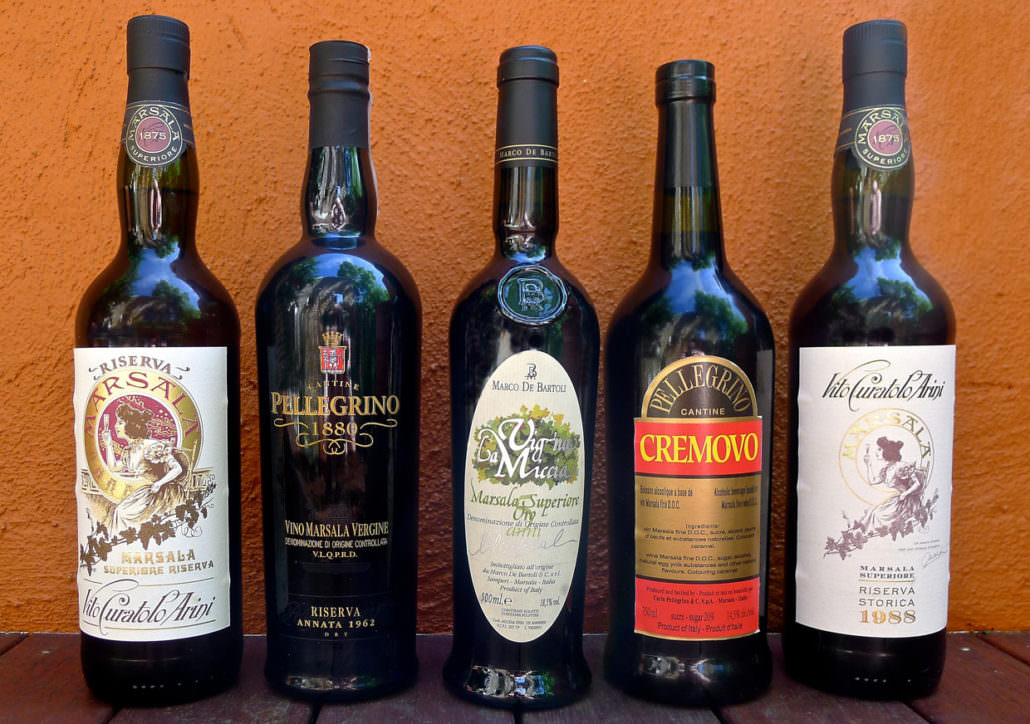
My father was a high-rank civil servant in charge of the State Road Department and so he got as Christmas gifts chests filled with liquor and fancy foods. Since nobody drank at home, the bottles were left untouched and most were given as gifts to relatives and family friends. But my mother kept some bottles of Port to fortify my eggnog and the desserts she made.
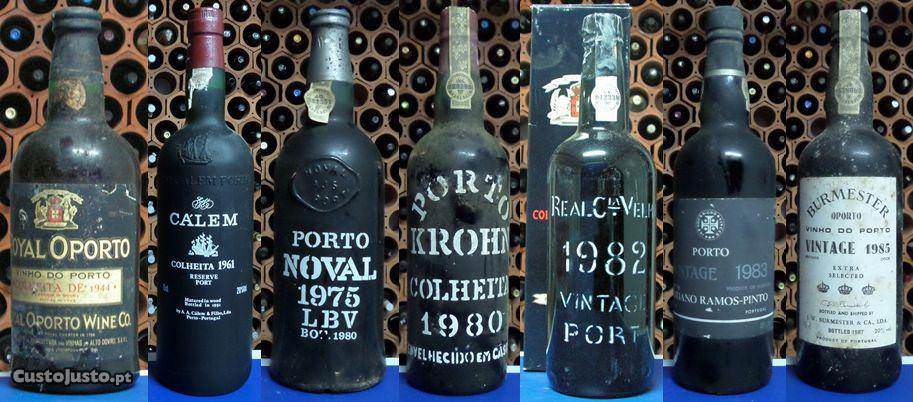
So, the Port that went into my breakfast was nothing less than a 1938 Vintage Real Companhia Velha! You may buy a bottle of this gem in Garrafeira Nacional, one of the best liquor stores in Lisbon.
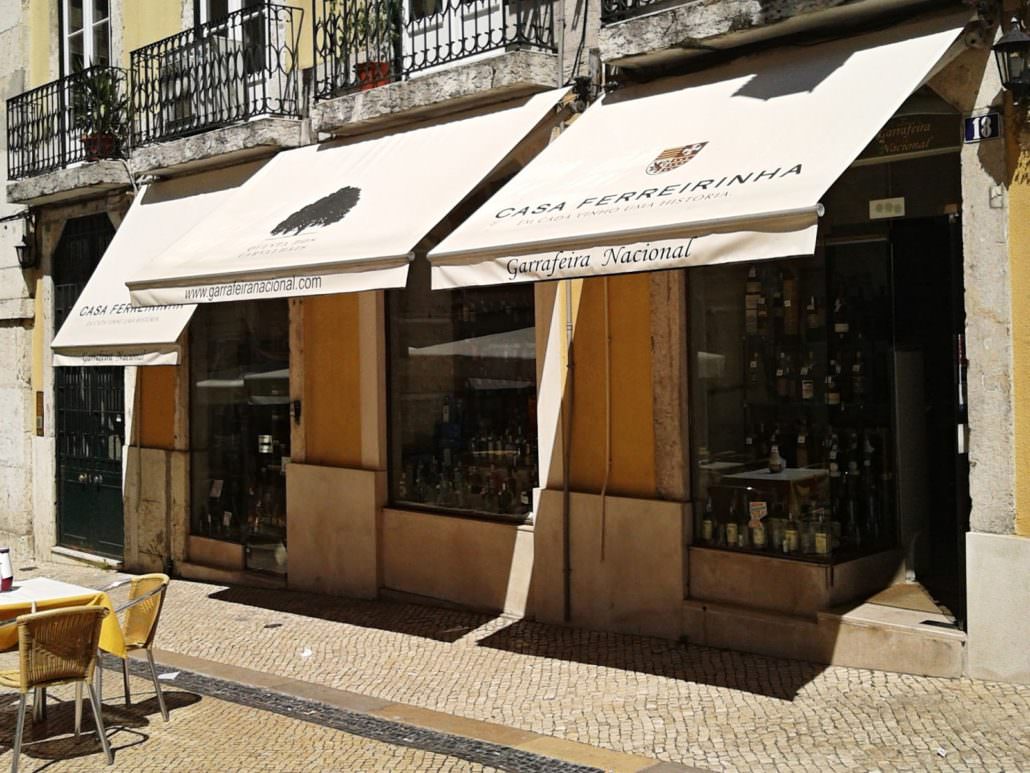
It is customary for Portuguese families to buy a bottle of Colheita or Vintage Port (I’ll explain the differences soon) of the year when a baby is born, to be opened when he or she turns 18.
Porto, the Place

Porto (which the British insist on calling Oporto, actually the way the Portuguese say “o Porto”, meaning “the [city of] Porto”) is one of the most charming wine destinations in the world.
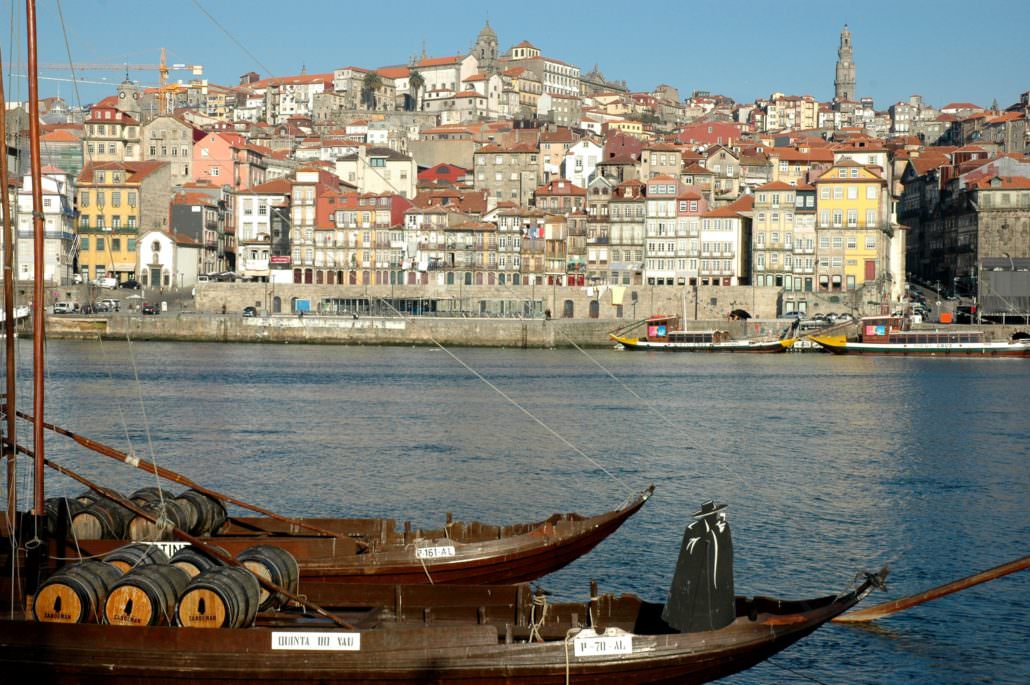
The city is nestled on the right bank of the picturesque Douro River, with Vila Nova de Gaia – where the Port houses’ caves and warehouses are, due to the city’s appropriate solar exposure – at the left bank. The Douro itself is part of UNESCO’s World Heritage for its beauty, tradition (wine has been produced there for over 2,000 years) and cultural elements.
Douro River
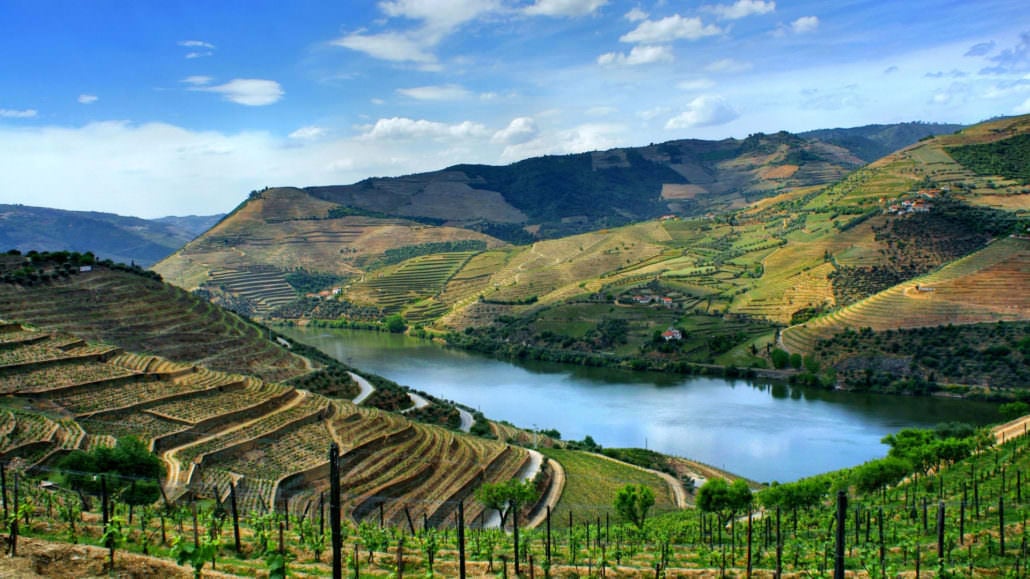
Arguably one of the oldest legally recognized wine regions in the world, in 1756 the boundaries of the Port vineyard area were demarcated by order of Portugal’s Prime Minister, the Marquis of Pombal, with 335 stone pillars, known as “marcos pombalinos”.

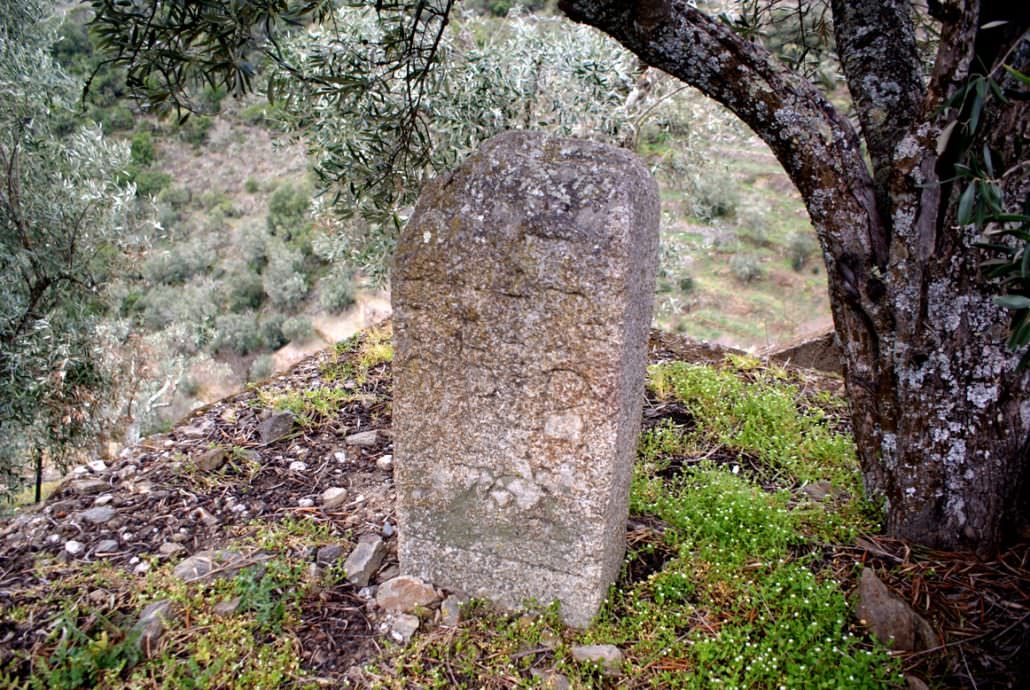
But in the beginning Port wine was not a sweet wine, and like many good origin stories, fate intervened. According to some researchers, in 1820 the region suffered from a very hot summer, and so the grapes accumulated so much sugar that the yeasts simply weren’t able to convert it all into alcohol. That year, the resulting wine was a big success, and some producers tried to reproduce it in the following years, interrupting the fermentation with wine brandy. By 1850, the practice was accepted and used by almost all Port producers.
This brandy may be Portuguese (“aguardente da Lourinhã”, an excellent Portuguese brandy made with the same elements of Cognac – same grape varieties, same alembic, same barrels, etc.), French (unoaked, clear Cognac) or Spanish.
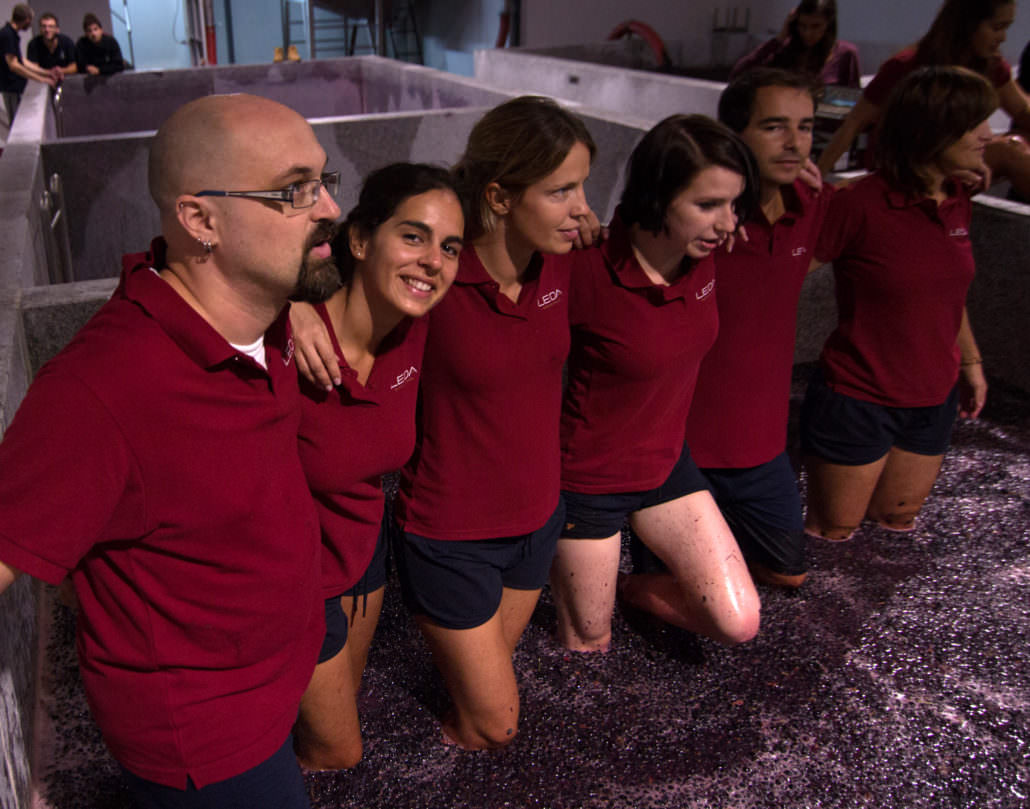
One of the practices that are typical of Port wine is the stomping of the grapes in the lagares, a process that takes hours. Some have tried to replace it with machines, but the end result is not as satisfactory as the human feet crushing the delicate grape skins.
Ruby and Tawny: Port Styles
One of the greatest attractions of Port wine is the variety of styles. There’s always one fit for the occasion and budget. However, we may divide them into two basic families: Ruby and Tawny, both red wines. (There is also White Port, made with white grapes, and Rosé Port, made with the same grapes as the red Ports, but they are not as popular as Rubies and Tawnies.)
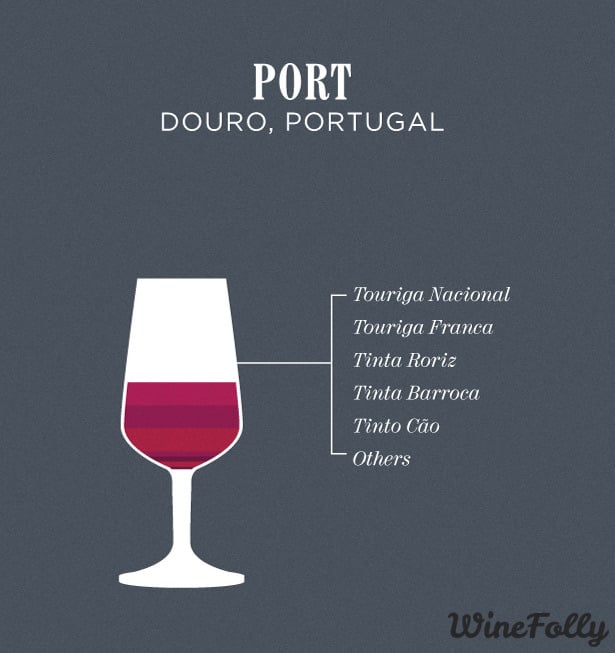
All wines in the Ruby family have a short stint in oak vats, preserving its fruit character, and some of them mature in the bottle. On the other hand, Tawny family Ports spend more time in small casks, developing oxidative, nutty flavors.
The resulting aromatic families – fruit in Rubies, nuts in Tawnies – determine the best pairing with food.
Pairing or Matching Food and Port
Some may frown at the idea of choosing certain drinks to match a given dish or food. Italians, for instance, say that they drink what they like with the food they want, a laisse-aller attitude that generates oddities such as a “red wine with fish” pairing.
The purpose of a good food/wine matching is to enhance the pleasure from your experience. If you follow some basic rules, you’ll have a richer, more satisfying meal. I’ll limit the list to the rules that apply to Port and sweet wines.
The first rule is to contrast or mirror. Think about one of the greatest dessert wines in the world, a Sauternes. You may drink it with a slice of foie gras, for instance; the salt in the liver will contrast sharply with the sweetness of the wine, but the unctuosity of the foie gras will mirror the unctuosity of the wine. On the other hand, the same Sauternes will mirror the sweetness of a crème brûlée. (By the way, that is one of the wonderful properties of the Sauternes: you may open one to go with the entrée as well as with the dessert!)
The second rule is that the dessert should never be sweeter than the wine, or the wine will taste dull and flat.
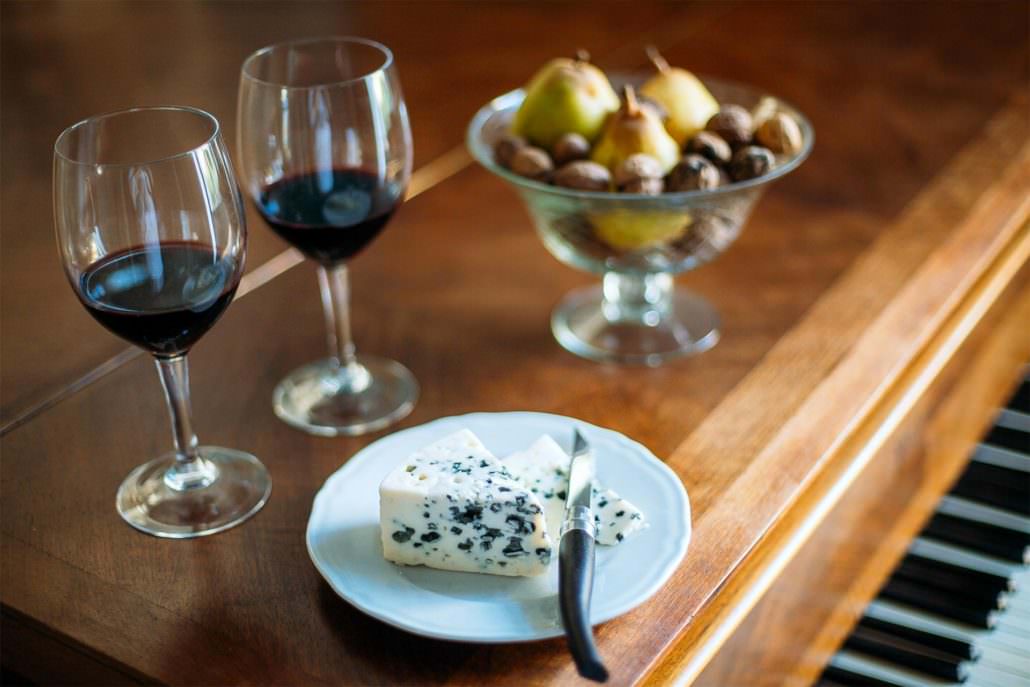
Salt versus sweet is the third rule, based on the contrast rule. This is why most blue cheeses (such as Stilton or Roquefort) match Port wines so well.
The fourth rule is the intensities should match. Think of a salad and a Shiraz, or a Texas rib and a Sauvignon Blanc as bad pairings. Wine and dish should be at the same level in terms of intensity, spiciness, etc.
We’ll now see what these Ports are and what is their best pairing.
Ruby Port Styles
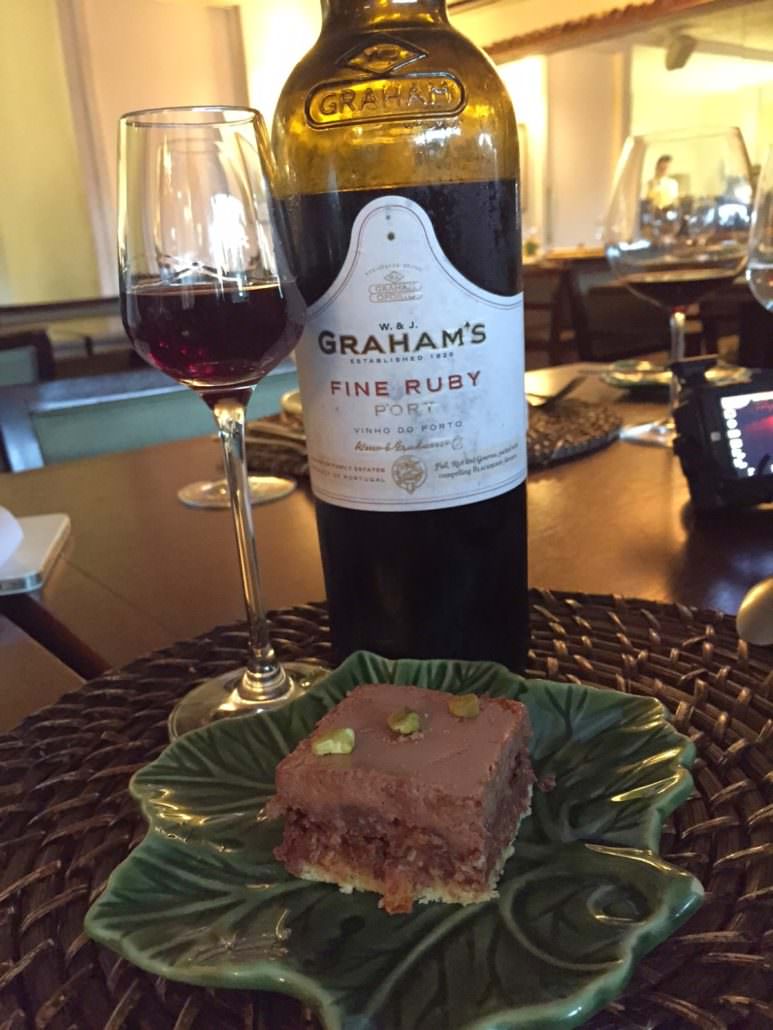
Ruby – The youngest Port, made with a blend of several crops, with an average age of 3-5 years. Not meant to be aged, it is best consumed upon release, while it has fresh fruit flavors; it may be kept for 8-10 days after opening, or some weeks if kept in the fridge. The best pairings for this Port are hard cheeses, berry pies, and dark chocolate. Rubies are also great in reductions over a steak or poached pears.
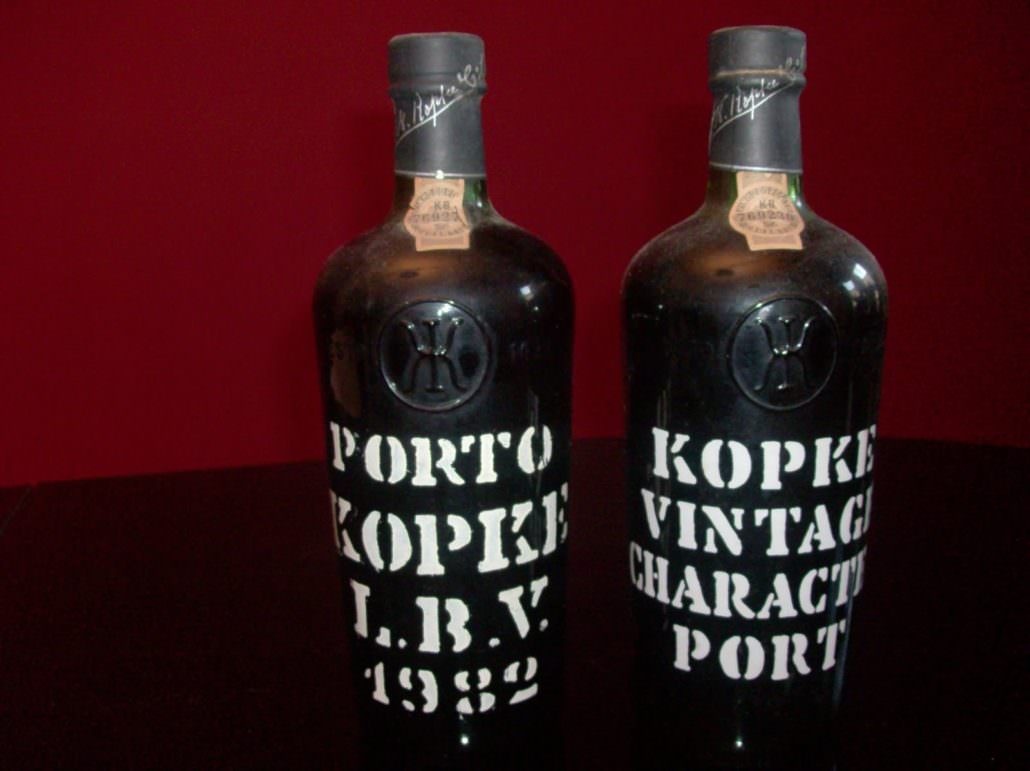
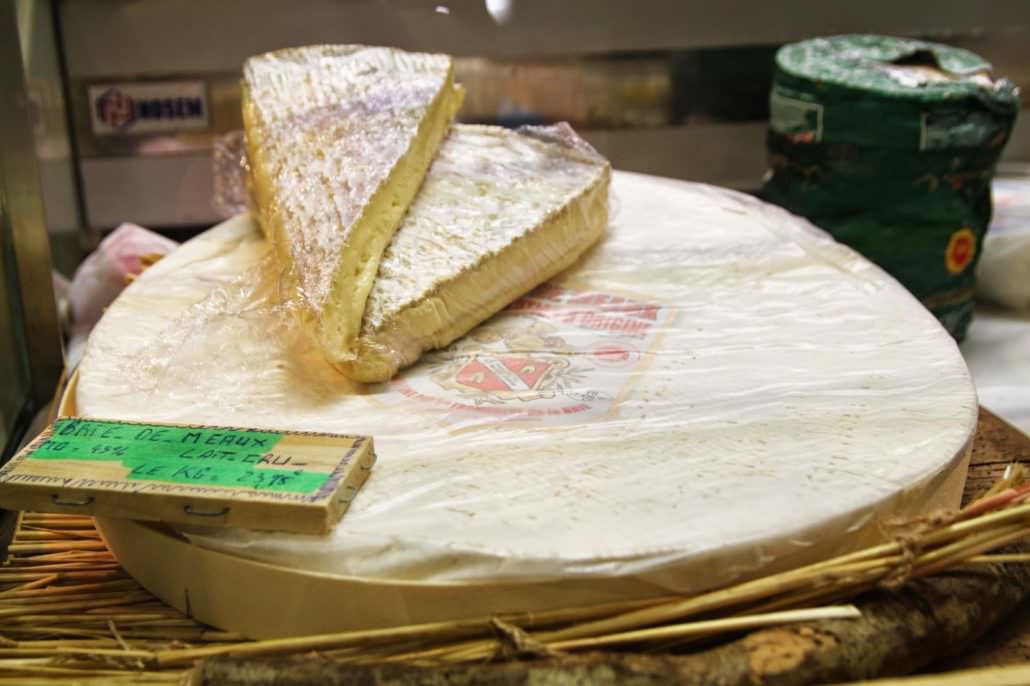
Reserve – Previously called Vintage Character, it is a blend of selected crops, a step above the basic Ruby; the wine is more powerful, intense, asking for cheeses such as Pont L’Eveque, Brie de Meaux, Camembert de Normandie, Vacherin Mont d’Or or Taleggio, as well as dark chocolate and cheesecakes.
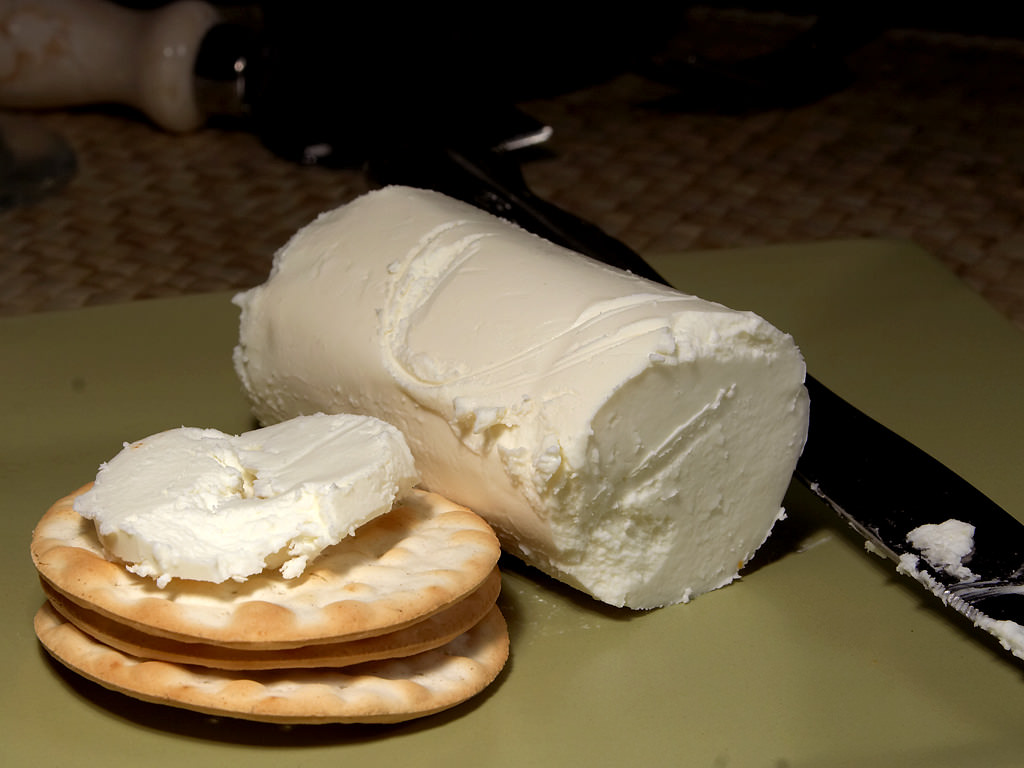
Late Bottled Vintage (LBV) – This is a single vintage Ruby, bottled 4-6 years after the crop, with a rich, bold style; it is ready for drinking, but may benefit from a few years in the bottle. The label declares the year of the crop and of the bottling. Some swear by the pairing of a good LBV and fresh goat cheeses, such as Valençay or Sainte-Maure.
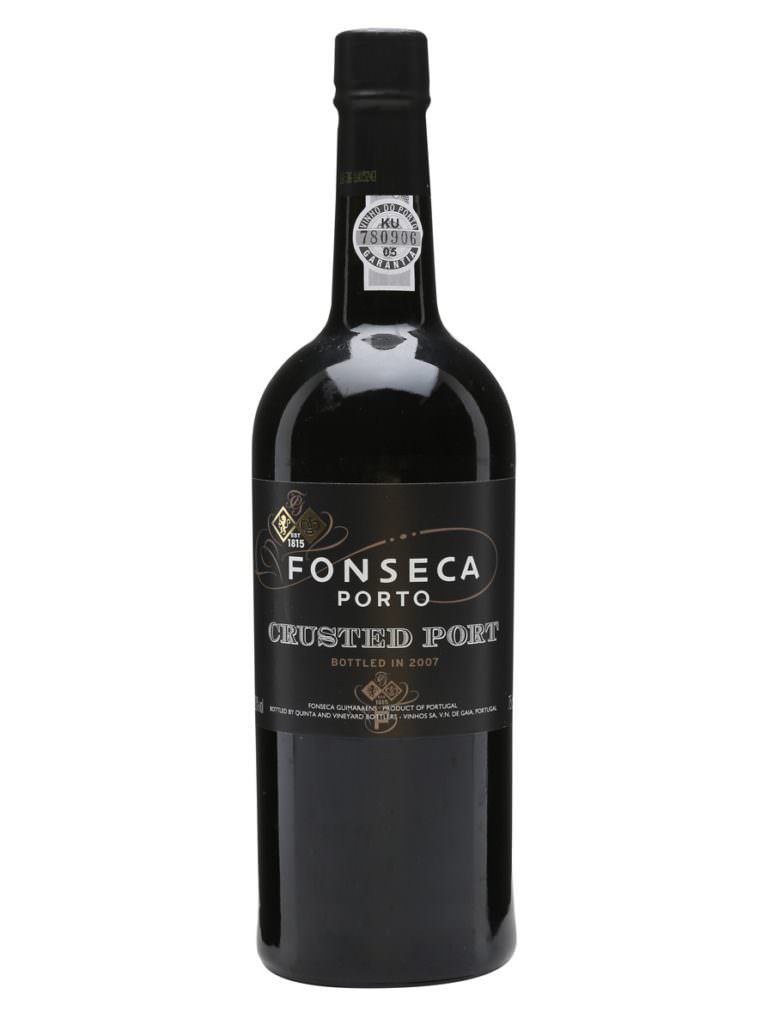
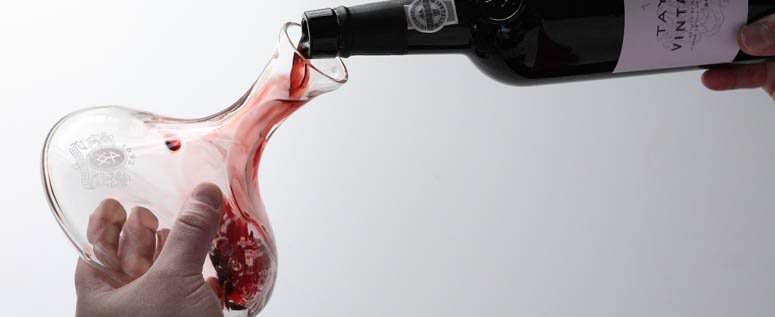
Crusted – A rare style of ruby Port: it is the blend of wines that spent four years in large vats and bottled with no filtration, then cellared for some years before going to stores. The crust is a sediment that forms in the bottle, indicating that the wine should be decanted before serving. It develops aromas of dark berries, spices, and raisins. Its best pairings are similar to those suggested for Ruby Ports (see above).
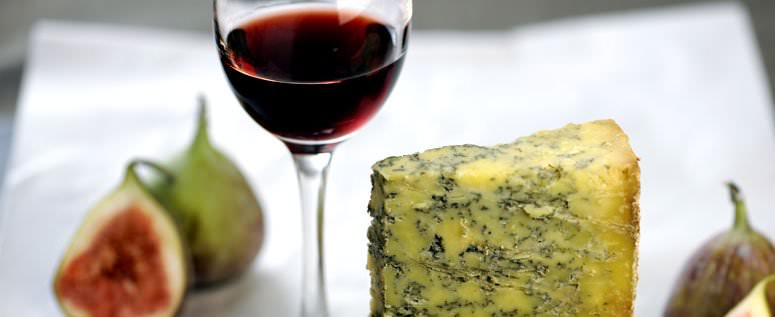
Vintage – The classic pairing with Vintage Port is the mature blue cheese, especially Stilton: feel the contrast between the sweet wine and the salty cheese, the similarity of texture (both are unctuous) and the strength of the aromas. Other blue cheeses such as Roquefort or Gorgonzola will match a Vintage Port very well. Also, think of tropical fruits and blueberries and very dark chocolate.
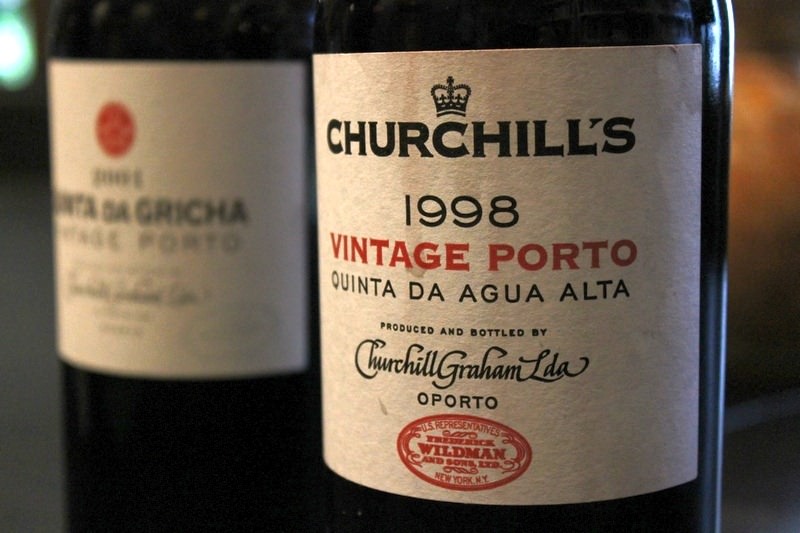
Single Quinta Vintage– These Ports are produced exactly as Vintage Ports, except the fact that the grapes used in its production come from a single property or “Quinta”, which usually is the best vineyard or parcel from a given producer. In the past, SQV were produced in years when the producer did not declare a Vintage; now, sometimes both may be produced in the same year. Check the pairings suggested for Vintage Port.
Tawny Port Styles
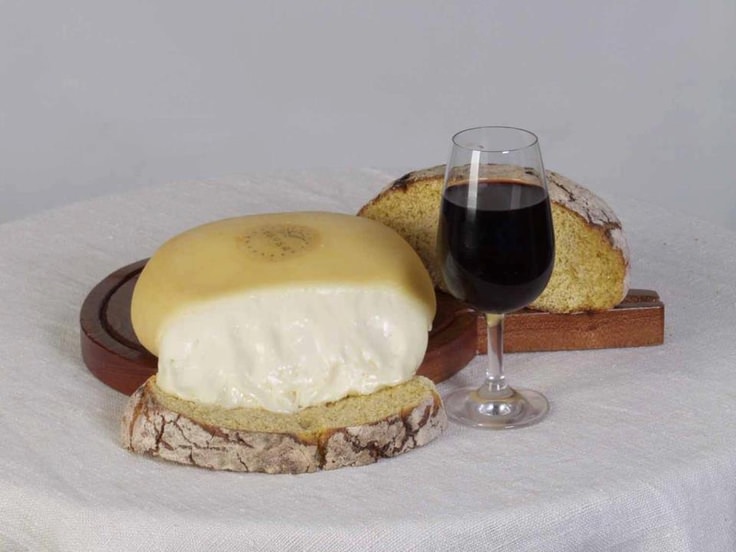
Tawny – A Portuguese favorite pairing with Tawny Ports are egg pastries, creamy desserts, figs, and the top match – a Serra da Estrela cheese, made of sheep’s milk.
Colheita – Light puddings and cakes, as well as pastries, are the best recommendations for this delicious Port style: a Tawny from a single harvest that rests in oak for seven years, at least, but usually for a longer period. It shows a good balance between nutty and fruity aromas.
10 Years – We are talking about the average time the different wines that enter in this type of Port spent in oak casks. Here you may think apple pie, tarte tatin, baked figs, caramel tart, salted roast almonds, jamón ibérico from Spain, cheesecake, duck liver terrine.
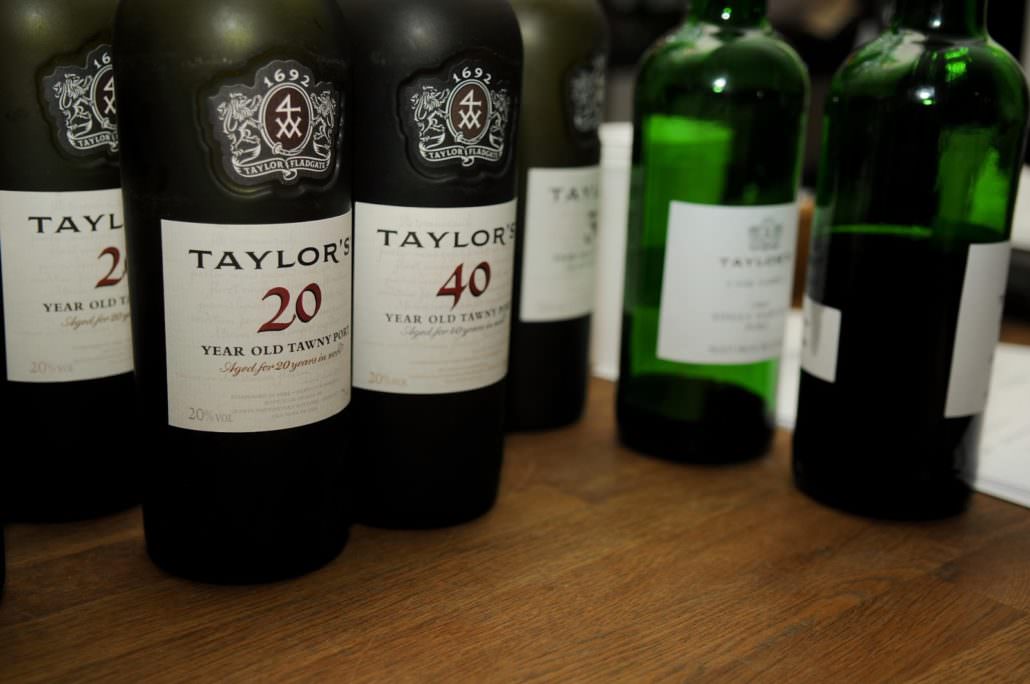
20 Years – Many suggest crème brûlée, Parmesan, Gouda, Pecorino and Manchego cheeses, almond cake, foie gras, roasted chestnuts, chocolate truffles.
30 and 40 Years – This is the territory of the meditation wine: a stand-alone companion to a good book or classical music that allows you to focus completely on the wine itself.
White Port
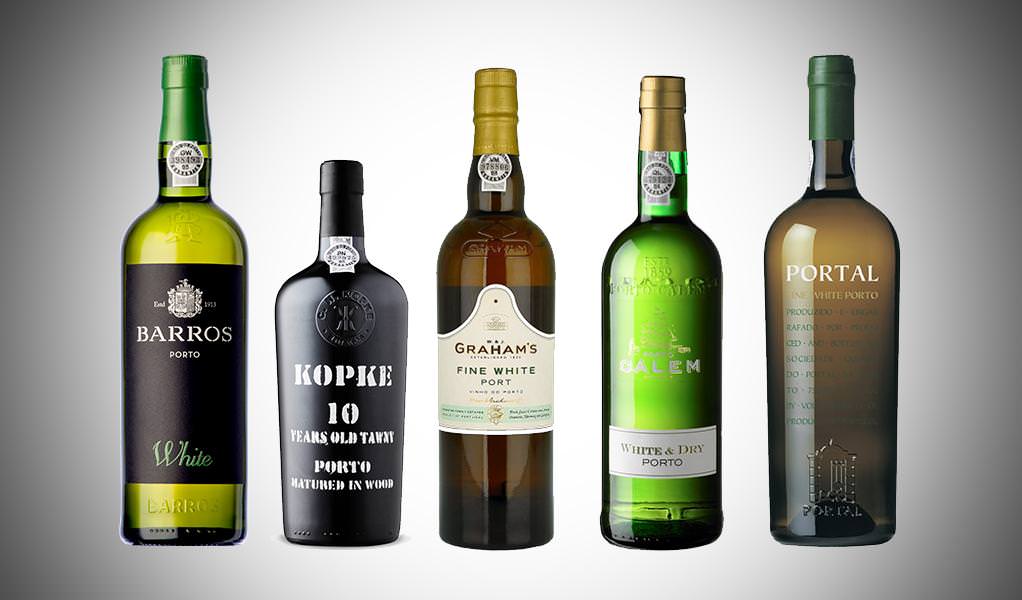
The Portuguese like to match codfish balls with chilled dry white Port, a style that also goes well with salted almonds. In summer, try a Portonica – one part white Port, one part Tonic Water and a twist of lemon or orange over ice.
If you want to taste a sweet white Port, try matching it with sponge cake or fresh fruits.
Pink Port
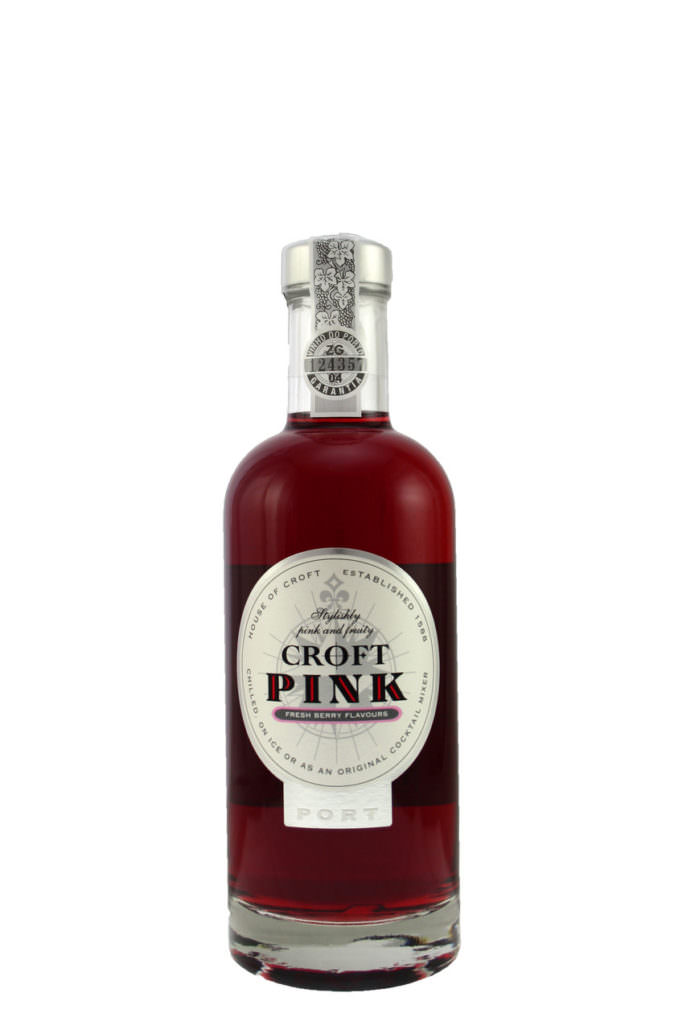
The newcomer to Port styles has nice red and dark fruit aromas, as well as peaches and almonds. Desserts with strawberries or cherries are a perfect match.
Service Temperature
These are the best serving temperatures according to the Port style: around 40 ºF for Rosé, 42-50 ºF for White, 50-58 ºF for Tawny, and 60 ºF for Ruby Port.
After Opening…
… remember that Ruby-style Port lasts less than one or two weeks, while Tawnies may stay open longer. Just in case, use rubber stoppers such as Vacuvin to remove oxygen and prevent further oxidation, and keep the bottle inside the fridge door.
Conclusion
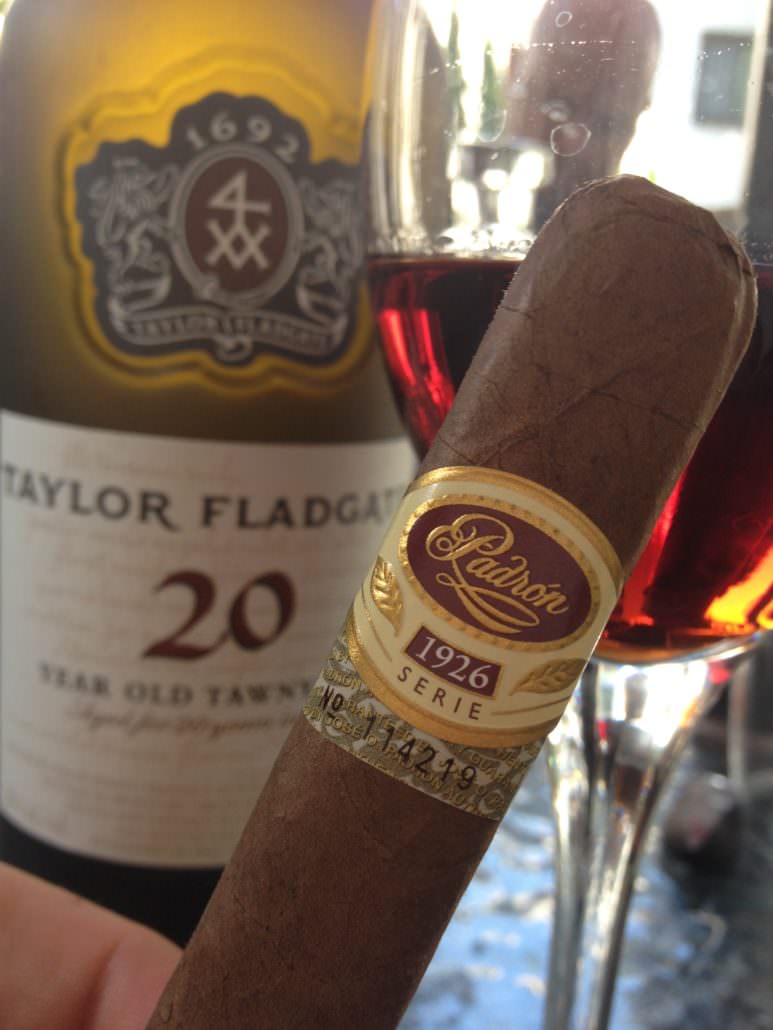
As you have seen, Port wine comes in many different styles and match many dishes. But if you are a cigar lover, try pairing your favorite stogie with a 10- or 20-year Tawny. Contrary to what some believe, Vintage Port – with its fruity aromas – is not the perfect pair for a cigar. The nutty, woodsy notes of the aged Tawnies, on the other hand, will do a great job!
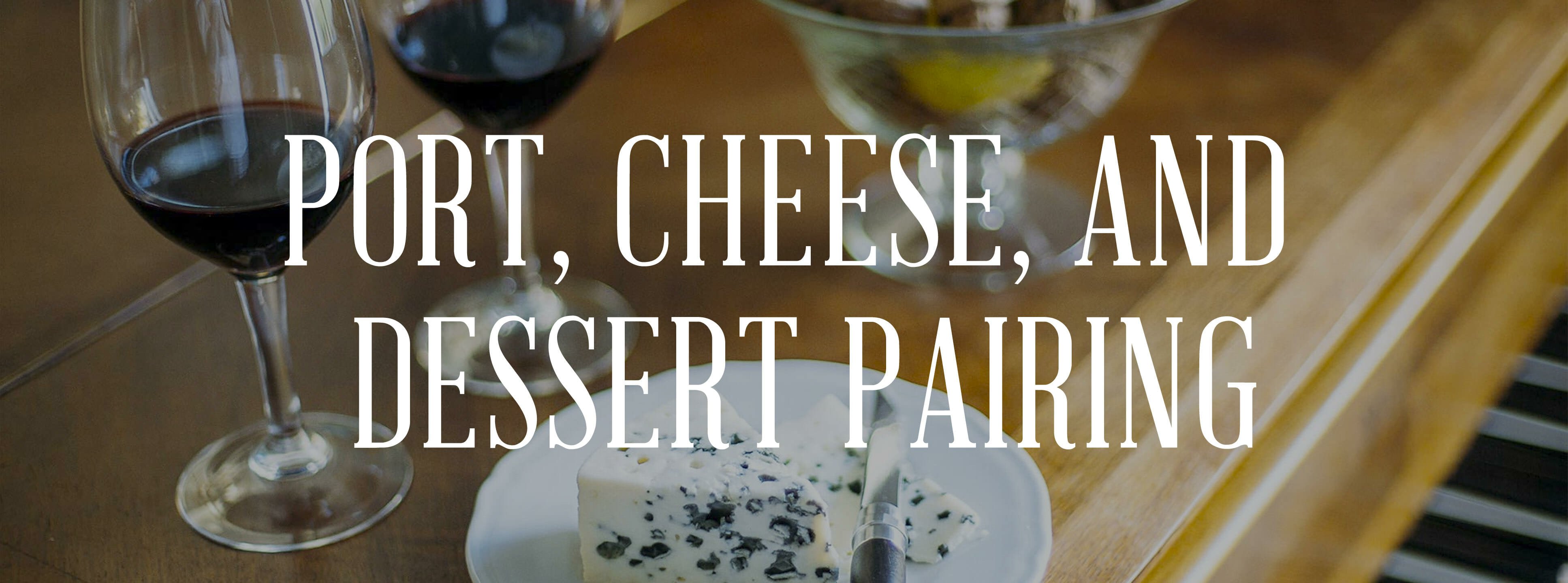
I’m surprised you fail to mention one of the classic accompaniments to port: walnuts.
I always prefer a good Marsala, with a Nostrano del Brenta – Doge – cigar. Italians do it better ;0)
If only the Sicilians knew how to properly market thier liquid gold..,
Thank you very much for such an unexpected pleasure !
It is our pleasure!
This is an excellent breakdown of the pairing, definitely gave me some things to consider. Thank you.
You are welcome!
Greetings to all from Gaia , Portugal. I dont drink Port a lot but i usually use it to cook some dishes!
All the best for 2018!
On my last trip to Portugal i “discovered” a white port by Croft Wineries. It was past excellent. It paired well with Breakfast, Lunch, Dinner and evening snacks :-)
Hello Sven: Thank you for such an excellent report on this wonderful fortified wines from Portugal. As always the information is rich in details and most comprehensive. All the best for 2018!
I will let you in a “secret” I learned from the Maître d’hôtel of the Grill Rooms of the Savoy Hotel in London, sometime in 1995. Since then I always make sure I have a good stock of this delicacy handy.
Stilton and Port (vintage) go very well together, but one can make them go even better.
What one needs is a jar of the sort that close hermetically with a wire mechanism. Fill the jar with lumps of Stilton (I buy mine in Neal’s Yard, near the Covent Garden, in London) then, using a fork, crumble the lumps creating several open gaps; fill the jar with Vintage Port and leave to rest in a fresh and dark corner for one or two weeks. Serve on toast with a good glass of the same Port.
Interesting piece. Suggest you look at Madeira Wines, next.
Ok, so where do really old Colheita (Harvest) fit in, as I have some 60 year old bottles from Hutcheson & Kopke. I thought that when the grower didn’t wish to release a Vintage in that tear, it was just left in barrels to see how it developed. For example I was born in 1957, and very few port houses declared a vintage. I have been told that they could later change their mind by releasing a Colheita.